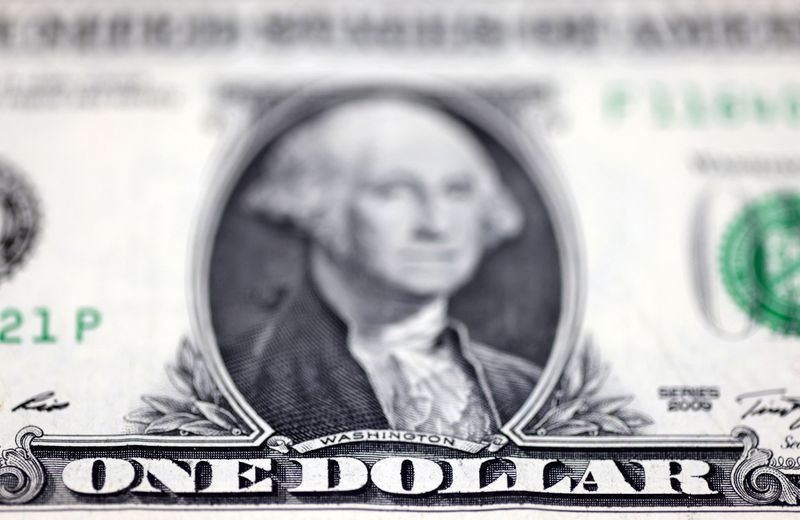WASHINGTON (Reuters) – The U.S. Department of Energy has zeroed in on three regions of the country it has determined are in major need of new electric transmission infrastructure and eligible for future federal funding, it announced on Monday.
The DOE selected Lake Erie-Canada, including parts of Lake Erie and Pennsylvania; the Southwestern Grid Connector, including parts of Colorado, New Mexico, and a small portion of western Oklahoma; and the Tribal Energy Access Corridor, including central parts of North Dakota, South Dakota, Nebraska, and five Tribal Reservations, as National Interest Electric Transmission Corridors.
WHY IT’S IMPORTANT
The DOE has narrowed down an initial list of national interest corridors to three from 10. The designation would allow the federal government to expedite the development of grid expansion projects. It is meant to help areas that grapple with high electricity bills and power disruptions attract more investment in transmission capacity.
Electricity demand across the U.S. is growing significantly amid the rapid expansion of data centers and artificial intelligence.
BY THE NUMBERS
The projects could be eligible for federally subsidized loans. The 2022 Inflation Reduction Act appropriated $2 billion to cover the credit subsidy cost of those loans, and the DOE is seeking public input on the scope of eligible projects and project financing requirements.

KEY CONTEXT
The comment period for the three corridors would extend to February 2025, after President-elect Donald Trump takes office. Trump has said he may declare a national energy emergency to expedite the construction of new electric capacity and domestic energy. His transition team was not immediately available for comment.









